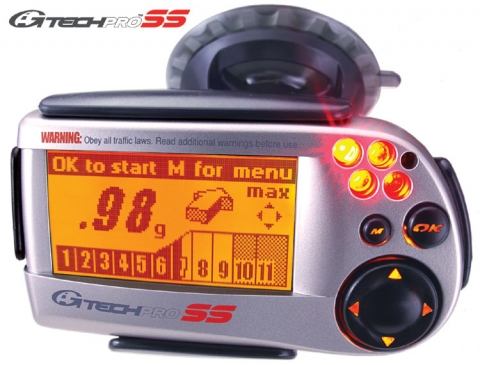A
Anonymous
Guest
On the Big Six sub-forum, on a thread entitled, "Removing EGR," I made some general comments about re-tuning any street-used engine that has been altered from what the factory built and carefully tuned. As happens, I unwisely made one suggestion that goes beyond my own experience and qualifications, so I'll ask you smart guys about it. I made reference to fine-tuning a modified engine by means of a dyno, or of a long, straight, even, lightly-traveled uphill street (what I call a "dyno-hill"), or of a dragstrip. Now, being a cheapskate, I have had little dyno time, and also little dragstrip experience (none of it in doing tuning), and that is what I'm asking about.
I have read enough to know that a dragstrip can be used by a top tuner as a very effective dyno substitute. What I didn't think about when I was spouting off about tuning, and what I want to know, is whether a dragstrip, which is generally going to be fairly level and certainly not a pronounced up-grade, can be used for street-car tuning for anything other than full-throttle blasts. Are there convenient ways to use during-the-week open track time for tuning the intermediate and transition circuits and spark curve for getting max efficiency in a daily-driver across the engines full rpm and load range?
(I wish I had got a lot more involved in drag-racing, because some of the best engine-tuners in all of motorsports got their skills through the quickly-repeated, easily-comparable results produced by a dragstrip on tuning days).
I have read enough to know that a dragstrip can be used by a top tuner as a very effective dyno substitute. What I didn't think about when I was spouting off about tuning, and what I want to know, is whether a dragstrip, which is generally going to be fairly level and certainly not a pronounced up-grade, can be used for street-car tuning for anything other than full-throttle blasts. Are there convenient ways to use during-the-week open track time for tuning the intermediate and transition circuits and spark curve for getting max efficiency in a daily-driver across the engines full rpm and load range?
(I wish I had got a lot more involved in drag-racing, because some of the best engine-tuners in all of motorsports got their skills through the quickly-repeated, easily-comparable results produced by a dragstrip on tuning days).






 From 9 bucks
From 9 bucks  , the Detective John Shaft 'Richard Roundtree' dyno shaft on car dynamometer
, the Detective John Shaft 'Richard Roundtree' dyno shaft on car dynamometer